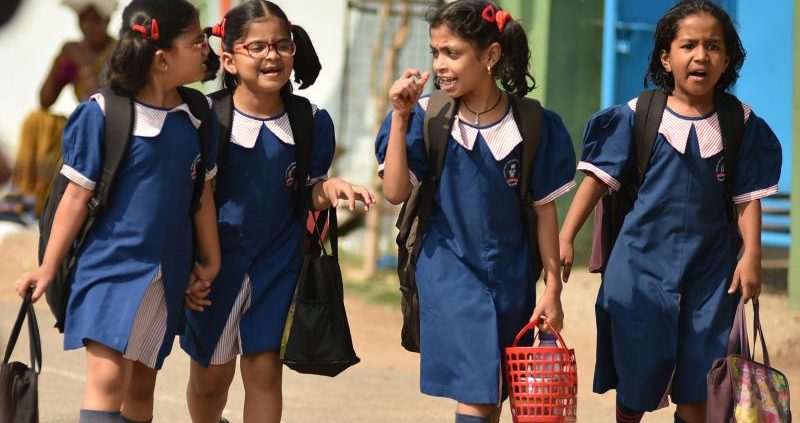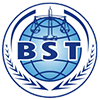RFID Helps Parents Find Lost School Uniforms
Approximately 100 schools have adopted the RagTagd system since the company launched two years ago, enabling parents to receive a text message if their child’s garment is left behind in a school’s lost-and-found area.
A group of entrepreneurs in Australia have launched a solution that helps parents of school children track their uniforms, at a cost of just $1.50 extra per item. The company, known as RagTagd, sells its product by the same name. The RagTagd solution consists simply of a passive ultrahigh-frequency (UHF) RFID-enabled lost property-collections box placed in a school’s lost-and-found areas, as well as a tag attached to uniforms. The software on RagTagd’s server tracks the items inside the box on a daily basis, then sends parents a text message.
The plug-in box consists of a reader built by the company, with a Jadak ThingMagic module and a 3G transmitter. It can’t get much simpler, says company co-founder Eugene Holdenson, a former college student who launched the company with fellow co-founder Chloe Blattmann. Neither founder had any background in RFID technology, and both were around 23 years old at the time of the firm’s launch in 2015. That, he says, may be the solution’s beauty—the founders simply identified a problem and tinkered with a reader and tags until they worked.
The concept began when Holdenson (then a college student) was doing some side work at a local primary school and saw a pile of misplaced uniform jackets and jumpers (sweaters) that had accumulated in the lost-and-found department. “It was mess,” he recalls, and he thus began coming up with a solution.
The lost-property problem is ubiquitous for schools worldwide, the company reports. Children attend school in the jumpers and jackets, as well as hats in some cases, then take them off while on the playground or elsewhere, and often forget about them. At the end of the school year, any unclaimed items are usually discarded, causing waste and expense for parents.
To solve this problem, Holdenson considered applying QR codes to uniforms, which could then be scanned. QR code scanning, however, required school employees to modify their behavior so much that it became inconvenient. That led the company to consider implementing UHF RFID technology. With a built-in reader and tagged clothing, school employees didn’t have to do anything beyond dropping the garment into the box.
By late 2015, RagTagd had developed its first prototype, and a more effective version was created in April 2016, which was tested at Roseville Public School, in New South Wales. The company then began tagging school uniforms for parents before they purchased those uniforms at the beginning of the school year. Parents initially paid an additional $3 or $3.50 for each labelled item. The price has since dropped to $1.50.
With the RagTagd system, the company sews an off-the-shelf UHF RFID tag into the garments before they are then sold to parents. The label comes with a unique ID number encoded in the tag, and a corresponding number printed on it.
Parents must activate the tag upon purchasing the uniform. However, they aren’t required to download an app to do so, since the company maintains that no one requires an additional app on their phone to manage. Instead, they simply send a text message containing the six-character code printed on the label. The phone’s number is then paired with that ID, along with the tag’s RFID number. The box is a plastic receptacle with a built-in RFID reader and antennas, which plugs directly into an outlet and transmits data to RagTagd’s server via a cellular connection.
RagTagd only collects tag IDs once in a 24-hour period, Holdenson says, since real- or near-real-time information is unnecessary. The company reads every tag once, in the middle of the night. The software interrogates and interprets each garment’s tag ID. At 7:30 the next morning, a text message is sent to all phones linked to those garments, indicating that a piece of clothing is available for the children to pick up from the box. So far, Holdenson says, 6,000 items have been identified and recovered, and 200 items are detected nightly.
According to Holdenson, once the prototype was built and proven during the Roseville Public School pilot, the company began reaching out to other schools as well, which amounted to him and his colleagues simply walking into schools and describing the new technology. Ninety percent of those with whom the company spoke responded well, he reports, and 30 percent have signed up for the technology with the first contact.
This month, the company signed an agreement with Spartan School Supplies, one of Australia’s largest school uniform wholesalers, to sell its uniforms with the RagTagd RFID label. “Our vision extends far beyond that,” however, Holdenson says. “We’re going to use our early success as a spring board to the U.K., South Africa and eventually the U.S.”








Leave a Reply
Want to join the discussion?Feel free to contribute!